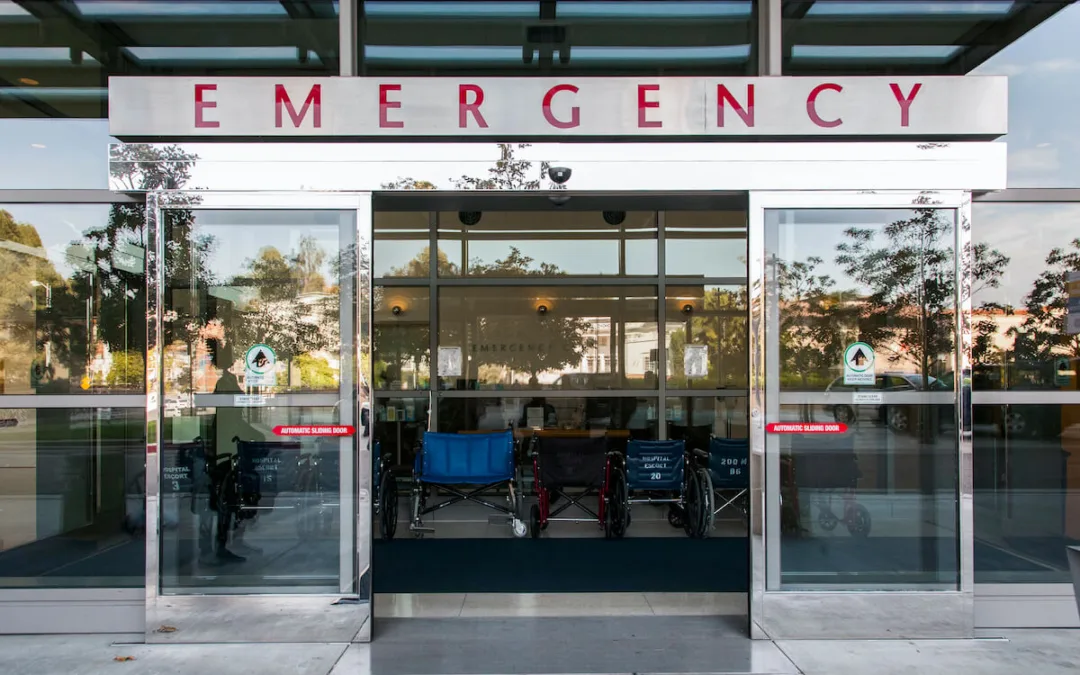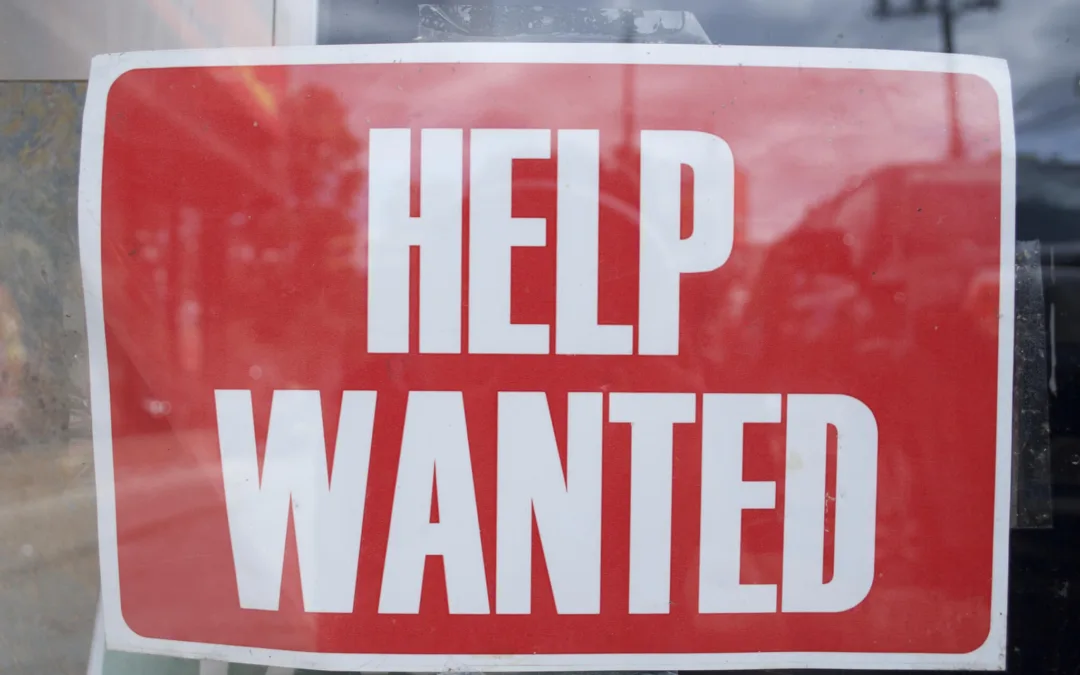
#image_title
#image_title
County health officials say state Supreme Court empowered many to engage in activities leading to a recent spike in cases.
When Wisconsin residents were forced to stay home as much as possible in the wake of the safer-at-home order issued in mid-March to halt the spread of COVID-19, many expressed frustration at having to abide by restrictions they viewed as restrictive.
But since the state Supreme Court ruled on May 12 against the state Department of Health Services extension of that order, public health officials across the state said in many cases that frustration has turned to outright defiance when it comes to complying with recommendations to help curb the spread of the virus.
While many in Wisconsin are abiding by such practices as wearing face masks in public, maintaining social distancing and staying home if they feel sick, too many others are refusing to abide by those measures, Chippewa County Health Department Director Angela Weideman and other public health officials said.
“The (Supreme Court) decision definitely made my job harder,” Weideman told UpNorthNews. “After that happened, more people questioned my authority, saying I didn’t have the ability to restrict their behaviors in any way. It made it easier for people to discredit me.”
Other public health officials concur. Instances of people refusing health recommendations have become more frequent in the nearly two months since the court’s ruling, they said.
During that time, they said, more people have become emboldened to ignore health warnings such as limiting the size of indoor and outdoor gatherings and keeping at least 6 feet apart from others in public places. Weideman said she knows of gatherings of more than 600 people that have occurred in Chippewa County in recent weeks.
Simply wearing a face mask, among the most effective means of preventing the spread of the virus, has become an especially contentious issue, fraught with political overtones. COVID-19 is spread by respiratory droplets, and masks block much of their transmission.
Dane County is mandating the wearing of face masks indoors, and on Wednesday officials in Shorewood approved a measure requiring masks in public places. Milwaukee is considering such a measure.
During a state Department of Health Services news conference Thursday, Stephanie Smiley, the department’s Division of Public Health interim administrator, said her agency supports mandating that people wear face masks in public.
However, on Tuesday Gov. Tony Evers said he doubts he will propose such a measure because of legal challenges posed by the Supreme Court decision.
The failure of many to follow recommended guidelines has prompted a surge of COVID-19 cases across much of the state. The number of positive recorded cases of the virus has more than doubled in the last month, to 33,908 as of Thursday, according to the state Department of Health Services.
That figure represents a record single-day increase of 754 new cases compared to Wednesday and marks a continuance of a several weeks-long trend of large daily increases. COVID-19-related deaths in Wisconsin total 809.
People gathering together and failing to wear face masks since the lifting of safer-at-home measures has caused the dramatic COVID-19 case increase, health department directors said. St. Croix County Health Department Director Kelli Engen said while businesses generally have been compliant with recommendations, individuals have been less so.
“My job was easier when safer-at-home as in place,” she said. “With that order there, it seemed like more people were willing to listen.”
According to state law, even with the state Supreme Court decision, health department directors have the power to issue recommendations and orders, “but a lot of people don’t seem to understand that,” Engen said.
While they maintain local authority, county health department officials relied on the state Department of Health Services to provide a regulations framework for COVID-19, Eau Claire City-County Health Department Director Lieske Giese said. When the safer-at-home extension was overturned, it took away the state’s ability to offer counties direction to address the illness, she said.
“Locals are really challenged by the fact we don’t have that strong authority from the state,” Giese said. “The situation we have now creates a patchwork approach between communities, and that doesn’t help in the end to contain this disease.”
In addition to many people ignoring health recommendations, county health directors reported that some who have tested positive for COVID-19 are failing to abide by quarantine orders.
“We have been experiencing noncompliance with isolation and quarantine orders, and enforcement has proven challenging,” John Ross, Clark County Emergency Management Director, told UpNorthNews Thursday. “This is due not only to legal challenges to previous orders issued at the state and local level by some agencies, but also by the complexity of cases with increased social activity and contact tracing needed.”
Much of the rapid growth of COVID-19 cases in the past three weeks has been driven by a spike in the number of people ages 20-29 contracting the virus.
That has been the case in such locations as Dane, La Crosse, Winnebago, and Eau Claire counties, where health officials attribute much of the rising number to young people gathering at taverns and other locations.
The surge in COVID-19 cases has made tracking the illness much more difficult, Giese said. Prior to the lifting of safer-at-home, infected people typically had contact with only their own household. Now the number of contacts typically is in the dozens, she said, and in some cases people can’t recall all of the people they could have exposed to the virus.
Weidemann agreed and said contact tracing “has become a much-bigger challenge.” Chippewa County recently gained a high-level designation by the DHS, meaning it has a high level of disease spread. As of Thursday the county had 127 positive COVID-19 cases, an increase of more than 40 percent in the past two weeks.
Clark, Eau Claire, La Crosse, Winnebago and St. Croix counties also have seen rapid growth during that time. Engen has watched the number of cases in her county increase by more than 80 in the last 10 days, including nine new cases before noon on Thursday. Forty-eight counties are currently designated as having high levels of the virus compared to 22 two weeks ago.
“Hopefully people realize that this virus is real and that it poses a serious health risk,” Engen said. “All we can do is keep urging people to take part in safe practices and hope they listen.”
Politics

Biden makes 4 million more workers eligible for overtime pay
The Biden administration announced a new rule Tuesday to expand overtime pay for around 4 million lower-paid salaried employees nationwide. The...

Biden administration bans noncompete clauses for workers
The Federal Trade Commission (FTC) voted on Tuesday to ban noncompete agreements—those pesky clauses that employers often force their workers to...
Local News

Readers Poll: Top Bowling Alleys in Wisconsin
Looking for the best bowling in Wisconsin? Look no further! Our readers have spoken in our recent poll, and we have the inside scoop on the top...

8 Wisconsin restaurants Top Chef judges are raving about
Top Chef’s 21st season is all about Wisconsin, and on-screen, it’s already apparent that the judges feel right at home here. But, while filming in...




